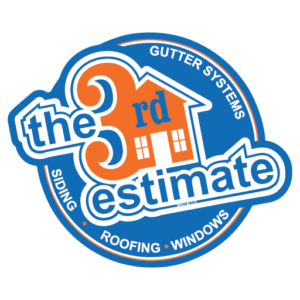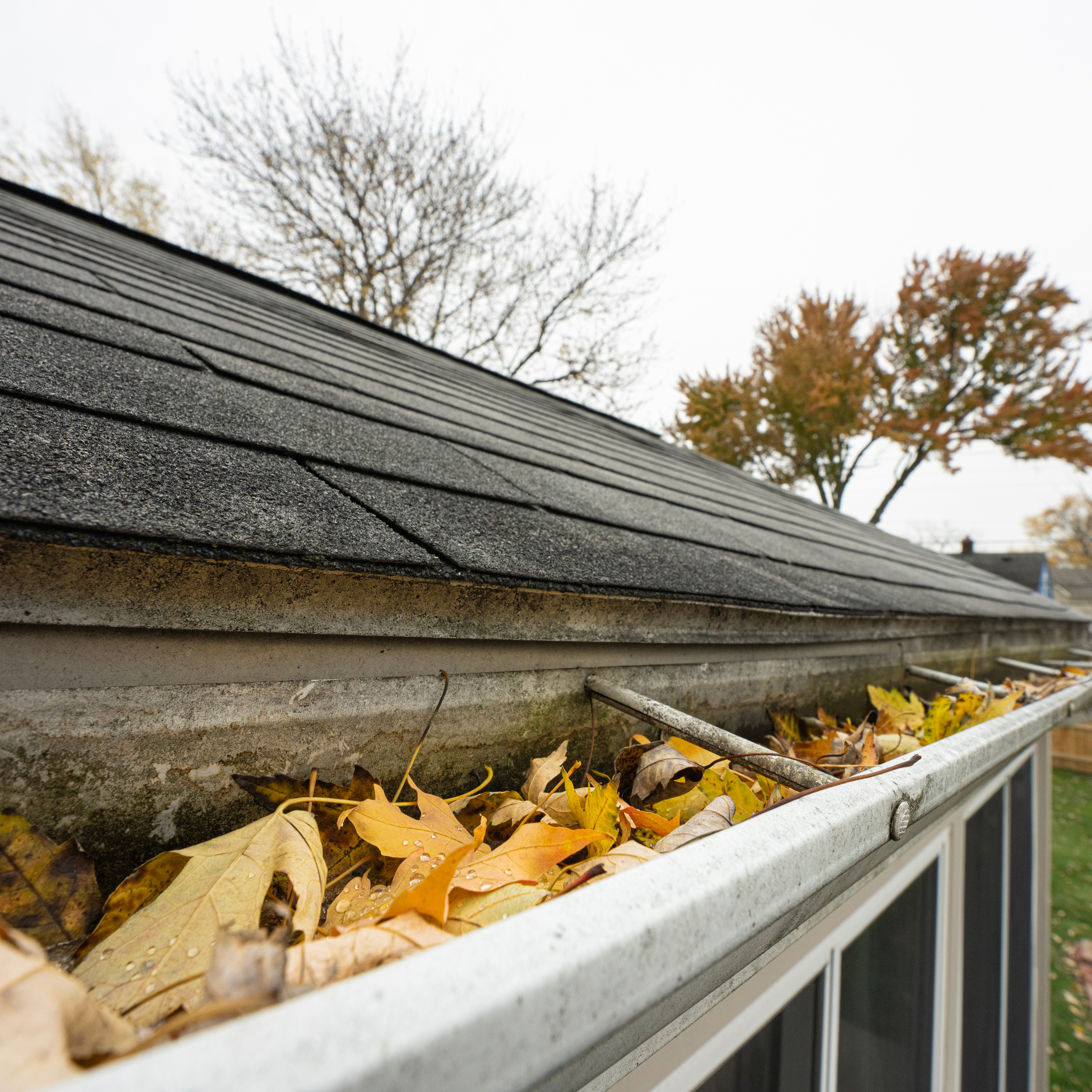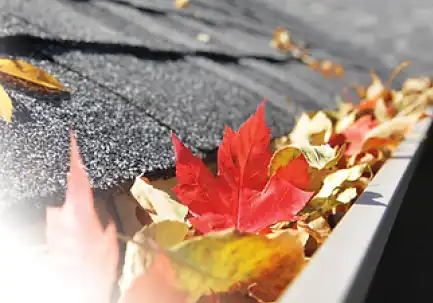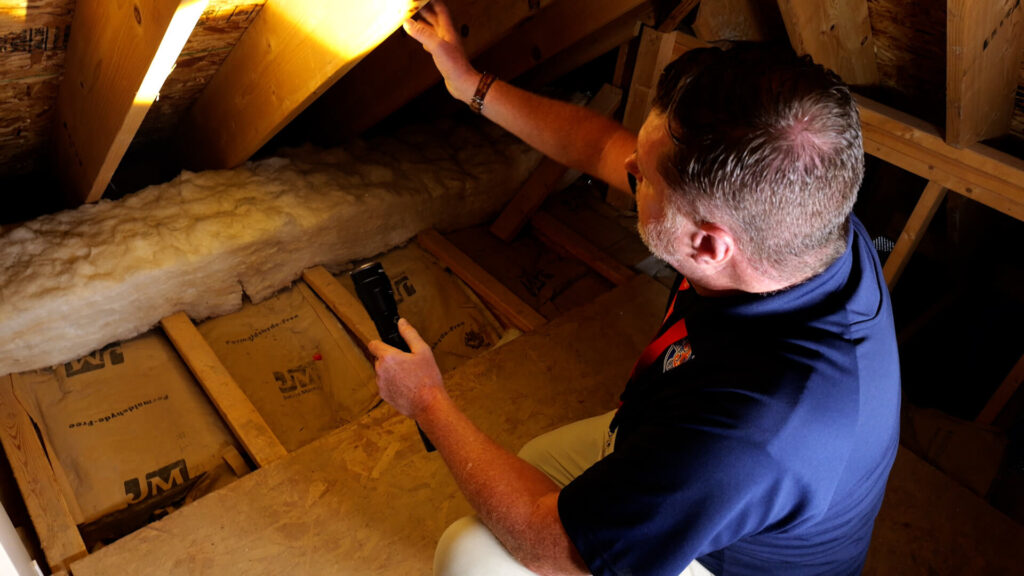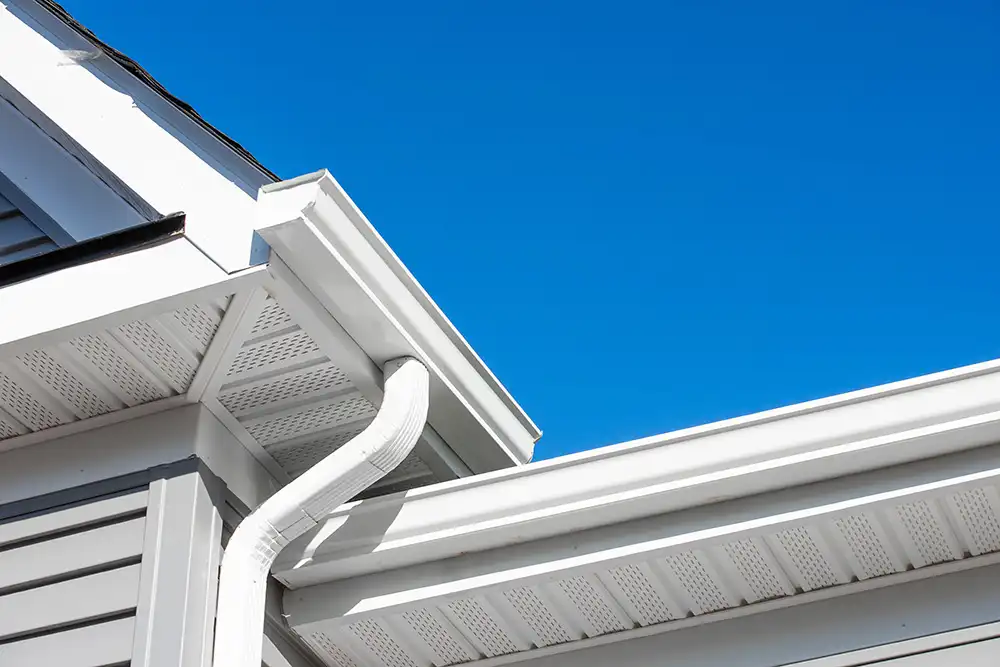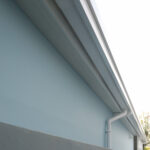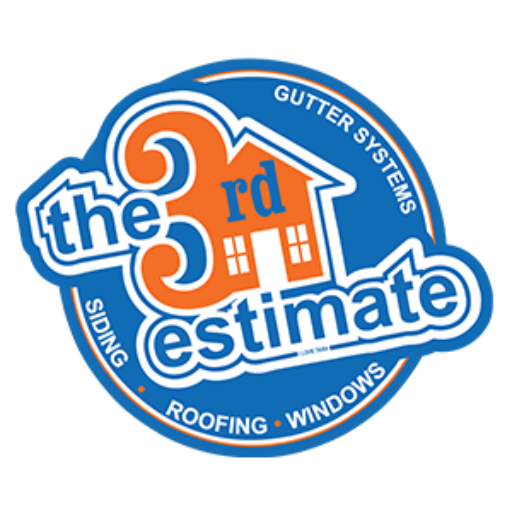What Are the Signs of Clogged or Damaged Gutters?
Gutters play a crucial role in protecting your home from water damage. They channel rain away from the roof, foundation, and siding. When your gutters become clogged or damaged, it can lead to big problems such as leaks, flooding, and structural issues. So, how can you tell if your gutters need attention? Here’s a guide to help you recognize the signs of clogged or damaged gutters and what you can do to address the issue before it escalates.
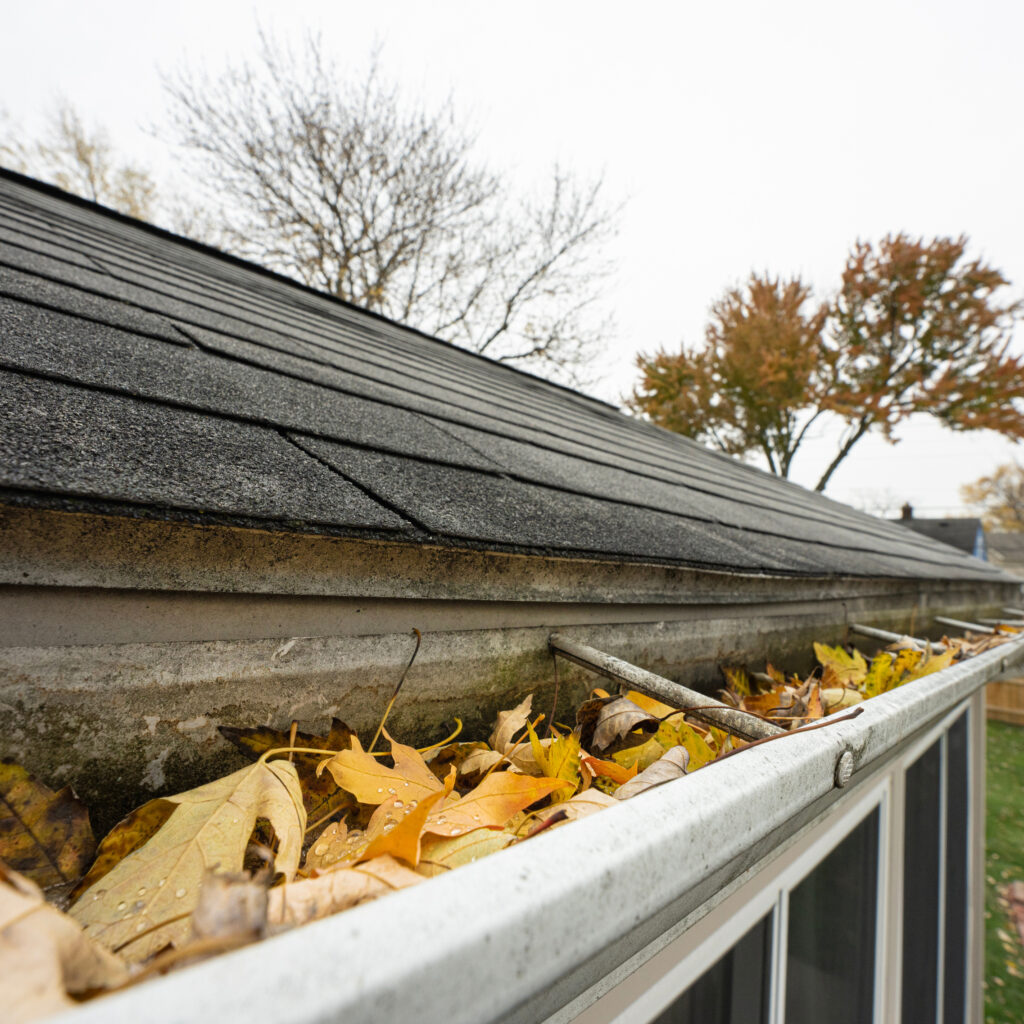
Overflowing Water
One of the most obvious signs of clogged gutters is water spilling over the sides. If you notice water pouring down the sides of your house during rain, it’s a sign that your gutters are blocked. Overflowing water can cause damage to your siding, windows, and foundation over time.
Sagging Gutters
When gutters become clogged with leaves, twigs, and other debris, they can become too heavy for the fasteners. This can cause them to sag or even pull away from your home. Sagging gutters are not only unappealing but also ineffective at directing water away from your property. This leads to potential water damage.
Pooling Water Near the Foundation
If you notice puddles of water around the base of your home after it rains, this could indicate a problem with your gutters. Clogged or damaged gutters can prevent water from being properly directed away from your home. Over time, this can lead to foundation cracks, basement flooding, and structural issues.
Water Stains or Damage to Siding
Water stains on the exterior walls of your home can be a sign of gutter problems. When gutters are clogged, water can overflow and run down the sides of your house. This leads to discoloration, peeling paint, or mold growth. If you notice these signs, it’s time to inspect your gutters for damage.
Gutter Leaks
Leaks in your gutters can be caused by cracks, holes, or loose seams. Water leaking from gutters can cause erosion around your home’s foundation, damage to landscaping, and moisture issues inside your home. If you see water dripping from places other than the downspouts, it’s likely that your gutters are damaged.
Rust or Corrosion
Over time, gutters made from metal materials such as steel or aluminum can rust or corrode, especially if they’re not properly maintained. Rust weakens the structure of your gutters, making them more prone to cracking or breaking. If you notice rust spots or flakes, it’s a sign that your gutters are nearing the end of their lifespan and may need to be replaced.
Plants Growing in Gutters
If you see vegetation sprouting from your gutters, it’s a clear indication of a severe clog. Seeds from nearby trees can easily accumulate in your gutters and, combined with moisture and debris, create the perfect environment for plants to grow. This not only adds extra weight to your gutters but also blocks water flow, increasing the risk of damage.
Animals and Insects in Gutters
Clogged gutters filled with stagnant water and organic debris can attract insects such as mosquitoes, ants, and even birds or rodents looking for a nesting spot. If you notice a surge in pests around your gutters, it’s time to clean them out and inspect them for damage.
Cracks or Holes in the Gutters
Small cracks or holes in your gutters can allow water to leak through, leading to erosion, leaks, or damage to your home’s foundation. Repair even minor damage as soon as possible to prevent larger, more expensive issues down the line.
How to Prevent Gutter Clogs and Damage
Regular maintenance and inspection are key to preventing gutter problems. Here are a few steps you can take to keep your gutters in good condition:
- Clean Gutters Regularly: It’s recommended to clean your gutters at least twice a year—once in the spring and once in the fall. If you have trees near your home, you may need to clean them more frequently.
- Install Gutter Guards: Gutter guards can help prevent leaves and debris from accumulating in your gutters, reducing the frequency of cleaning.
- Check for Damage: Inspect your gutters for any signs of cracks, leaks, or sagging. Address any issues immediately to prevent further damage.
- Trim Overhanging Trees: Overhanging branches can drop leaves, twigs, and seeds into your gutters, causing clogs. Regularly trim back any trees that are close to your roof.
Conclusion
Your gutters are an essential part of your home’s defense against water damage, and keeping them clear and in good repair is crucial. Recognizing the signs of clogged or damaged gutters early can save you from costly repairs down the line. By performing regular maintenance, cleaning, and repairs, you can ensure that your gutters continue to function properly and protect your home for years to come. Want to learn more? Click here!
